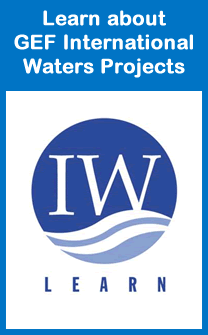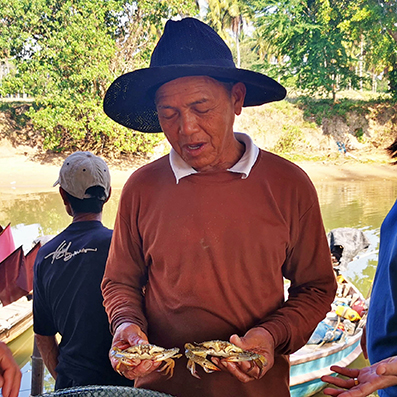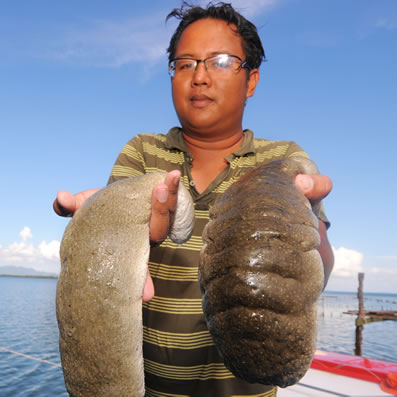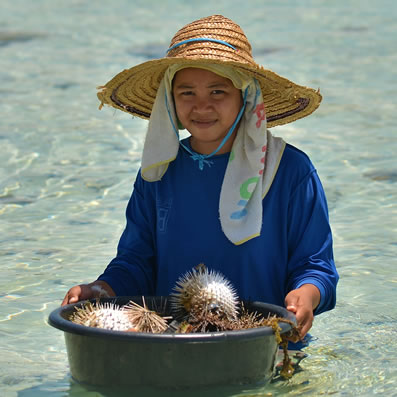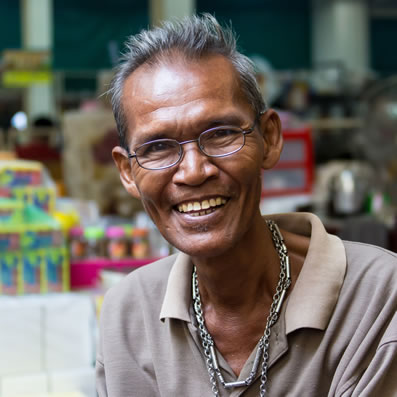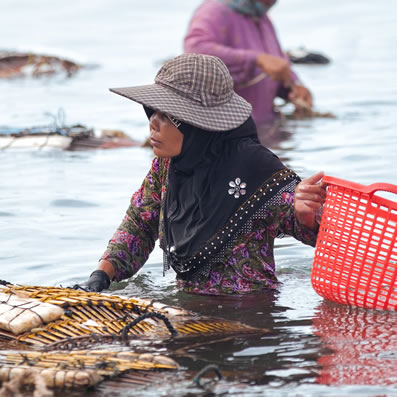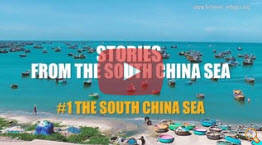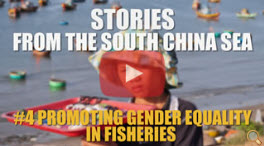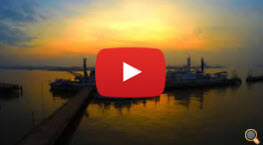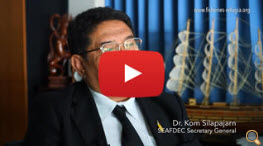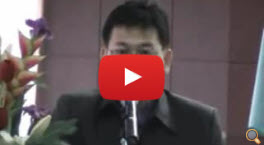THE SOUTH CHINA SEA FISHERIES REFUGIA INITIATIVE
FISHERIES REFUGIA PROJECT SITES
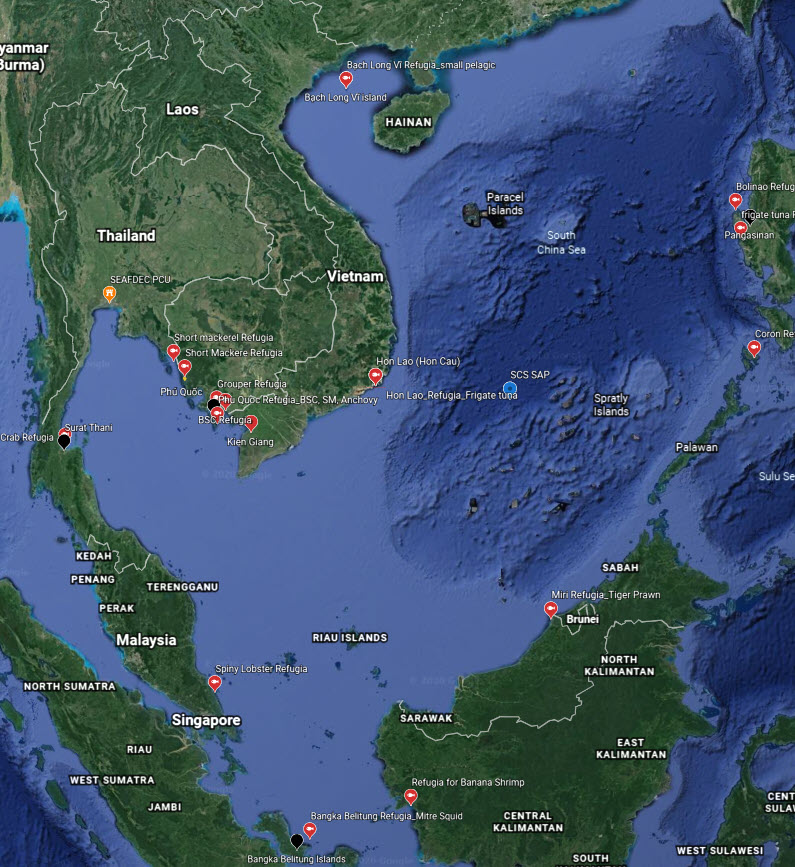 Click Here for
Click Here for More
Information
SCS SAP PRIORITY SITES (Habitat Linkages)
 All SCS SAP and
All SCS SAP and Fisheries Refugia
Priority Sites CHINA HABITAT
SITES CAMBODIA HABITAT
SITES INDONESIA HABITAT
SITES PHILIPPINES HABITAT
SITES THAILAND HABITAT
SITES VIET NAM HABITAT
SITES
Meet our Stakeholders
Social Media
Social Media
Highlights the Results of the
Fifth Meeting of Regional Scientific and Technical Committee (RSTC5)
16-17 March 2022
The 5th Regional Scientific and Technical Committee Meeting (RSTC5) was convened by the Project Coordination Unit on 16-17 March 2022; this is a virtual meeting via the Zoom platform. The meeting updated the progress on national and regional programs implemented as of 31 December 2021. The meeting discussed the progress works by each country's partners, recommendations from the Mid-term Review, the first draft guidelines on Indicators for sustainable management of fisheries refugia, the marine and coastal planning of six participating countries, the proposed regional training workshop on larval fish identification and early life history study, as well as the financial report as of 31 December 2021.

-
RESULTS OF THE MID-TERM REVIEW
A Mid-Term Review of the SEAFDEC/UNEP/GEF Project: Establishment and Operation of a Regional System of Fisheries Refugia in the South China Sea and the Gulf of Thailand has been undertaken, consistent with the requirements of the GEF and UNEP by Dr. Peter Whalley between November 2021 and February 2022. The review is designed to inform stakeholders, including the GEF Agency and Executing Agency, on the levels of achievement of the project towards the delivery of the planned outputs and outcomes and provide suggestions to the Project on key activities that would assist enable the achievement of the overall planned objective.
Read more ...Best Practices of the Fisheries Refugia Project – Philippines
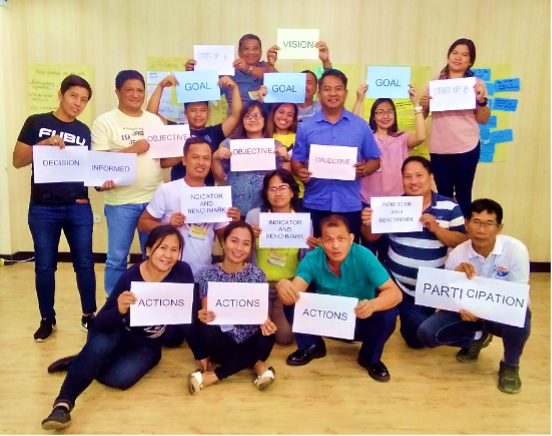
Photo: NFRDI, the Philippines
The South China Sea is a global center of shallow-water marine biological diversity, supporting a significant world fishery that is important to food security and as a source of export income for, Southeast Asian countries. Landings from this area contribute approximately 10 percent of reported global fisheries production per annum. In the Philippines, the SCS sub-region is among the most important fishing areas in the country as the volume of fish caught from this area of the archipelagoes is thought to contribute up to 20 percent of total annual fisheries production in the country, which employs roughly 5-6 million people.
The decadal rates of decline in a total area of critical habitats such as seagrass, coral reefs, and mangroves are currently estimated at 30%, 16%, and 16%, respectively. Fishing contributes to the loss and degradation of seagrass and coral reefs habitats. The national-level activities of this project in the Philippines will make a significant contribution to the enhancement of the scientific, institutional, and policy basis required to reduce the rates of loss of globally essential habitats and biodiversity due to fishing.
The focus of the refugia is to identify and designate priority areas where the integration of fisheries and habitat management can be applied. The fisheries refugia concept emphasizes the quality of the different habitats and their essential function in the life-cycle of the other fished species. Fisheries refugia address recruitment overfishing and growth overfishing and protecting the habitat. Thus, refugia's protection and management efforts are on the habitat and fish resources and not just to declare close fishing either temporally or spatially of a particular fishing grounds for other purposes.
Identifying priority fisheries refugia in the Philippines was done by reviewing the list of sites about the distribution and abundance of fish eggs and larvae based on studies and information conducted in the South China Sea and through workshop consultations. Through a series of stakeholder consultations, three priority sites were agreed to be included in the regional system of fisheries refugia. The final priority fisheries refugia sites selected for the Philippines are as follows:
- Bolinao, Pangasisnan
- Masinloc Zambales
- Coron, Palawan
Highlights of the Sixth Ad-hoc Meeting of the Project Steering Committee
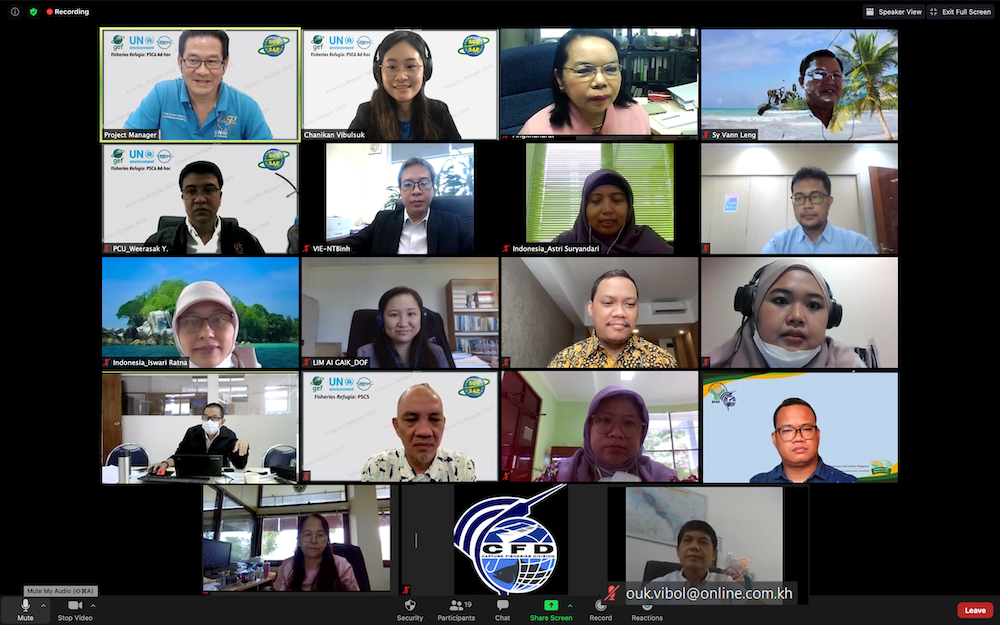
@ updated 13 December 2021
The Sixth Ad-hoc Meeting of the Project Steering Committee, a regular regional meeting under the SEAFDEC/UNEP/GEF Project on Establishment and Operation of a Regional System of Fisheries Refugia in the South China Sea and the Gulf of Thailand, was organized via the Zoom platform on 30 November 2021. The main objectives of the meeting are to discuss the 3rd Budget Revision as of 30 September 2021 and finalize the costed work plans for 2022. In addition, the project steering committee will finalize the audit firms for the financial statement audit for 2021 and 2022. Twenty participants from 6 participating countries, including SEAFDEC senior officers, and the PCU staff, attended the meeting. Mr. Nguyen Thanh Binh, the national focal point of Viet Nam, concurrently a chairperson of the Project Steering Committee for 2021, led the discussion with support from the meeting secretariat, Dr. Somboon Siriraksophon.
Read more ...- Improve the understanding among stakeholders of the ecosystem approach for establishment and management of fisheries Refugia in the Philippines
- Final Round Discussion Among Experts for Setting the Spiny Lobster and Tiger Prawn Refugia in Malaysia
- The Fifth Meeting of the Project Steering Committee
- ICZM in the Context of Fisheries Refugia Approach
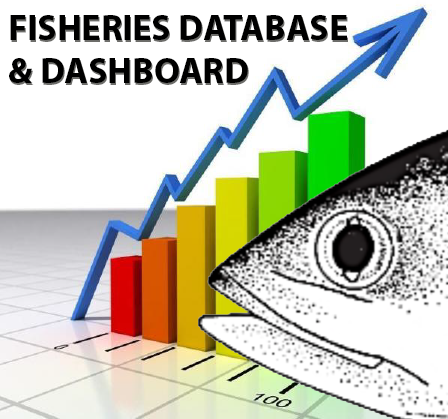
Events
The 8 th Regional Scientific and Technical Committee Meeting
DATE: 23 December 2022
LOCATION: Virtual Meeting
Download Documents Download PresentationsProject Document
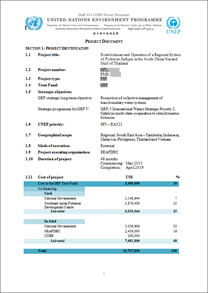
About Fisheries Refugia
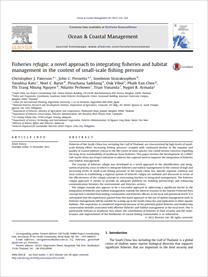
Refugia Guidelines
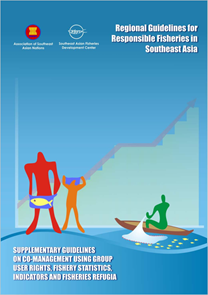
VISIT IW:LEARN
